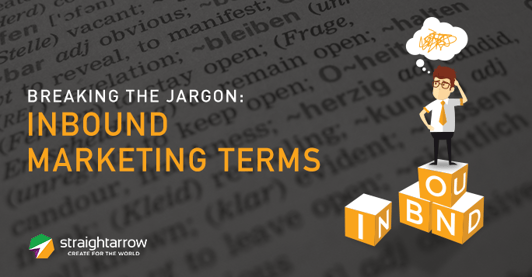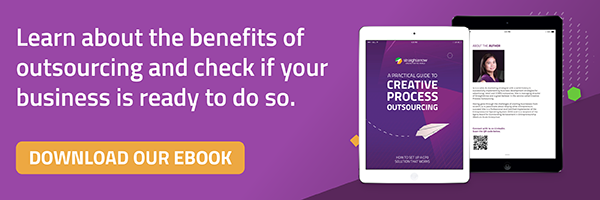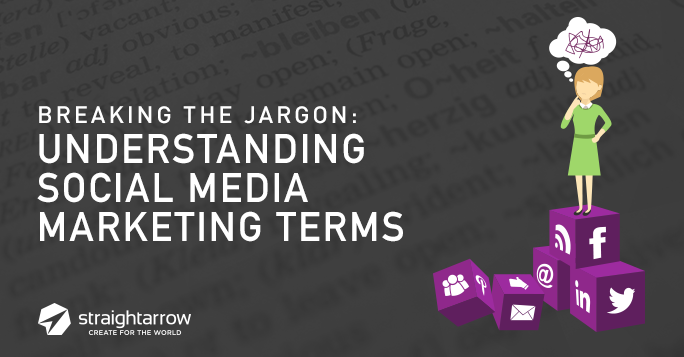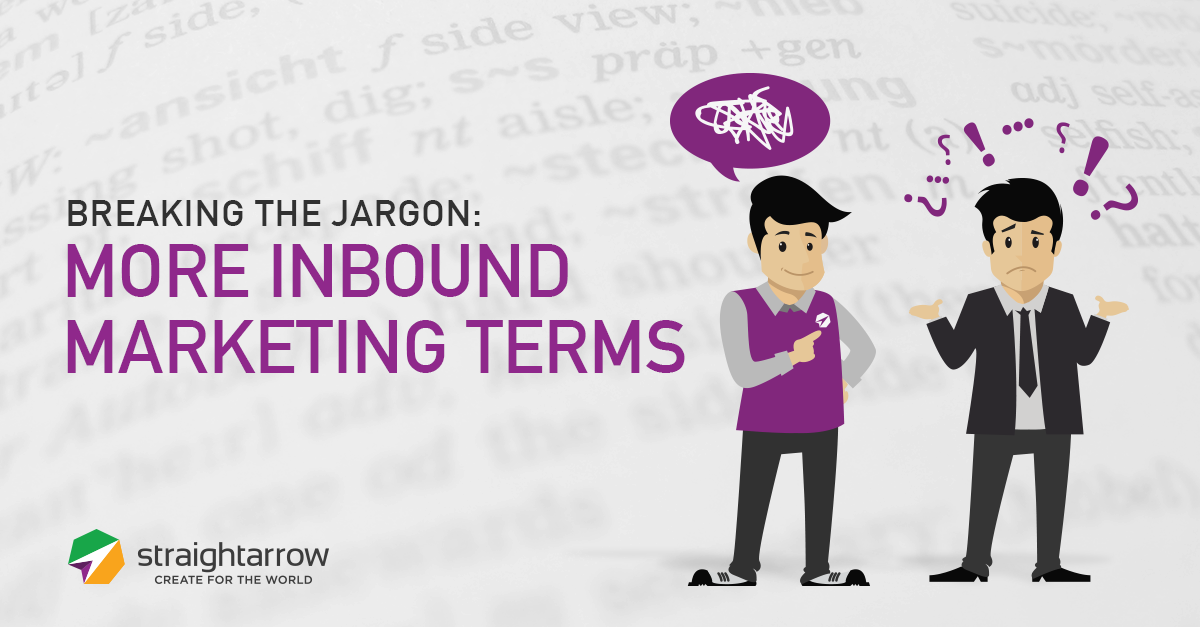
Inbound marketing has turned the principles of traditional marketing upside down—and produced impressive results. For this reason, many businesses have made, or are making the shift to inbound. Along with the change in how things are done, however, is a change in the way things are talked about.A big part of marketing is speaking the same language, and that’s true whether you’re talking to your audience, your team, or your peers in the industry. In order to help bridge the linguistic gap, we’ve put together a list of some of the fundamental terms in inbound marketing. To frame the definitions, we’ve also included an overview of the stages in the methodology that underpins all of inbound marketing, and where some of the key terms fit in the bigger picture.
1. Attract
The first stage of the inbound methodology is attracting new visitors to your brand’s website. In inbound marketing, the goal is not to accost customers, but to draw them in by offering content that is valuable to their decision-making process (see Content and Value below).
2. Convert
In the second stage, the focus is on encouraging website visitors to provide information by providing them with incentives for doing so, such as informational material (e.g. eBooks, white papers, templates, etc.) or services, such as consultations or assessments. Doing so, you turn visitors into leads (see Leads, Offers, and Visitors below).
3. Close
The next step is to turn leads into customers. This is done through careful customer relationship management (CRM), which ensures that sales are pursued under the right circumstances (see CRM below).
4. Delight
The fourth step in the inbound methodology is ensuring customers are constantly delighted, so that they become promoters who bring more people to your brand. And thus the methodology repeats.
With that in mind, understanding the rest of the terms should be a bit easier. Listed below, in alphabetical order, are fifteen more frequently-used terms in inbound marketing.
Analytics
This refers to the systematic analysis of data to discover relevant trends or patterns; it may also refer to the information gained from such analysis. In inbound marketing, analytics may examine data from your website and social accounts, e-mails, customers, sales and more.
Buyer Persona
A buyer persona is semi-fictitious character representing a kind of person a company would want as a customer. It is developed and updated using data from leads, customers and other relevant sources and helps a company craft a strategy suited to its target audience.
Buyer's Journey
The buyer’s journey represents the decision-making process that leads people to make purchases. It has three stages. 1) Awareness: a person tries to identify a problem; 2) consideration: having identified the problem, a person seeks a solution; 3) decision: a person looks for a particular purveyor of the selected solution.
Call-to-Action (CTA)
A CTA is a feature—a hyperlinked image, icon or string of text—on a website that directs a visitor to visit a landing page. CTAs do this by encouraging visitors to avail of a product or service in exchange for some contact information (see Landing Page and Offer below).
Content
In inbound marketing, content is information that an audience is meant to consume and engage with. Common forms of content are blog posts, videos, images, and podcasts. CTAs are paired with content to encourage visitors to provide information and become leads.
Customer Relationship Management (CRM)
CRM is a system that tracks and manages information on potential customers and sales prospects. It may involve programs devoted to that task, which are thus called CRM software.
Form
Inbound marketing uses forms to collect information from website visitors, typically in exchange for a product or service offer (see below). The amount and kind of information requested depends on the offer.
Funnel
This is a visual representation of the process that leads visitors (top of the funnel) to become customers (bottom of the funnel). Successful inbound marketing strategies involve both marketing and sales teams working together to ensure the smooth transition of visitors from the top to the bottom.
Landing Page
A landing page contains a form that collects information from visitors in exchange for an offer (see below) of some sort. Good landing pages are designed based on buyer personae and where they are in the buyer’s journey.
Lead
A lead is a visitor who has shown interest in a product and has provided information in exchange for it, like those who provide contact details to subscribe to a blog, or in exchange for downloadable content.
Offer
This is a product or service made available in exchange for information. Offers generate leads and can also help further interest in the business. Examples of offers are eBooks, templates, demos, and consultations.
Return on Investment (ROI)
ROI shows how much revenue the company generates relative to the resources spent on a particular aspect of business—in this case, any aspect of marketing. Calculations will vary depending on what methods a company employs, but the goal of any inbound marketing strategy is to achieve a high, positive ROI.
Social Media
Social media are websites and applications that make it easy for users to access, establish, and manage interpersonal networks, and to publish and share content within those networks. With their large user bases, they are ideal channels for reaching potential customers.
Value
Broadly speaking, value is what a visitor, lead or customer gets out of interacting with your company through its website, social media, or other channels. Value is in the information provided by website content, and also in the downloadable content gained by completing forms.
Visitors
Also called “uniques,” these describe the individuals who have visited a webpage.
With the terms a little clearer, why not brush up on further ways to make inbound marketing work for your business? Download our eBook on creative process outsourcing and find marketing solutions that work for you.











Comments